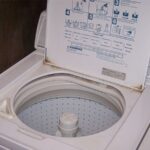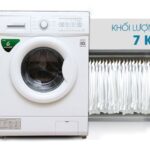It seems that people often don’t have any trouble using washing machines. Just put in the clothes, detergent, and select the right mode, and you’re done. But in reality, that’s a misconception.
Just using too little detergent can cause a whole host of unwanted troubles, from ruined clothes to having to call for repairs. These are common mistakes that most of us make without realizing the negative consequences over time.
1. **Closing the washing machine door immediately after use:**
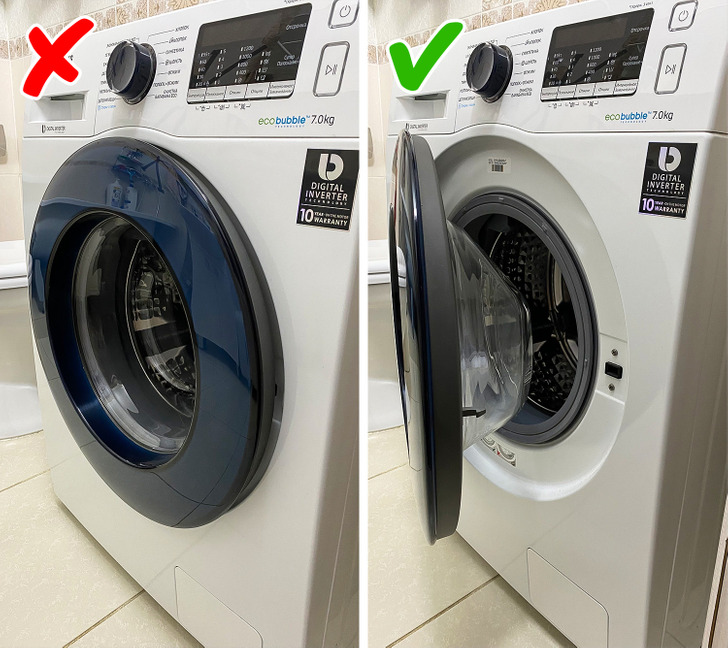
When we close the washing machine door right after taking out the clothes, we’re essentially trapping moisture inside. This creates a perfect environment for mold and bacteria to thrive. It’s better to leave the washing machine door open for 15-20 minutes, or speed up the drying process by wiping down the surfaces with a cloth after each wash.
2. **Using powder detergent instead of liquid:**
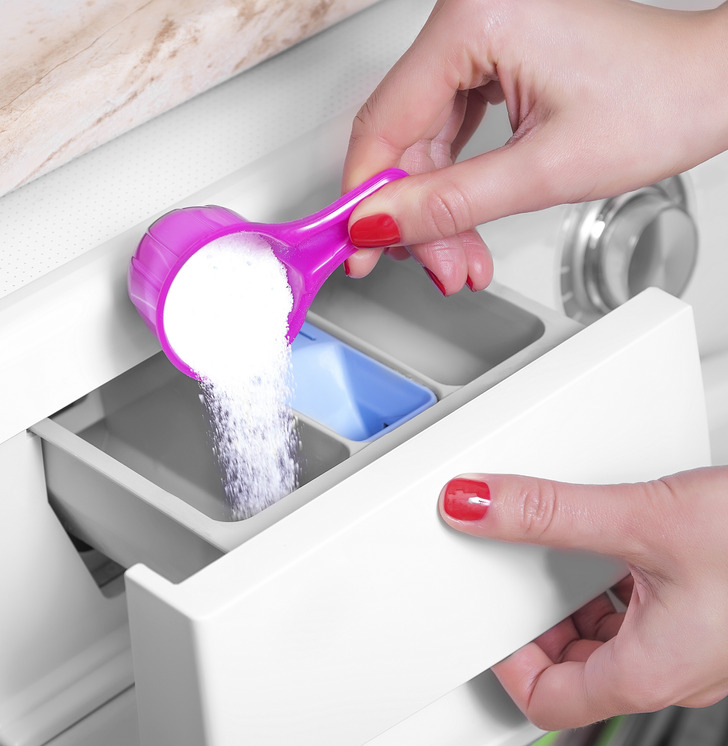
Let’s admit that powder detergent is excellent for removing tough stains, which is why using it in certain situations is quite reasonable. However, in other cases, liquid detergent is actually better for your washing machine. First, it generally does a better job of cleaning stains. Second, it leaves fewer traces on your clothes. And third, it’s safer for your machine because it dissolves better, reducing the risk of system blockages.
3. **Pouring detergent directly onto clothes:**
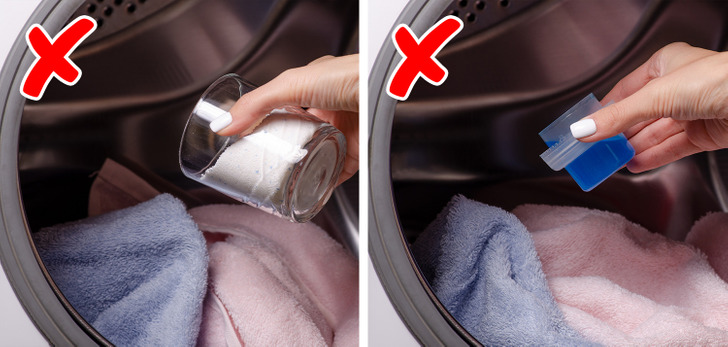
Pouring detergent directly onto your clothes is a bad idea for two reasons. First, washing machines are designed with a specific detergent compartment for a reason. It ensures that the detergent is dispensed at the right time, and when this sequence is disrupted, dissolution suffers. This leads to the second negative factor: detergent residue, which can leave stains and white streaks on your clothes.
4. **Frequent use of fabric softener:**
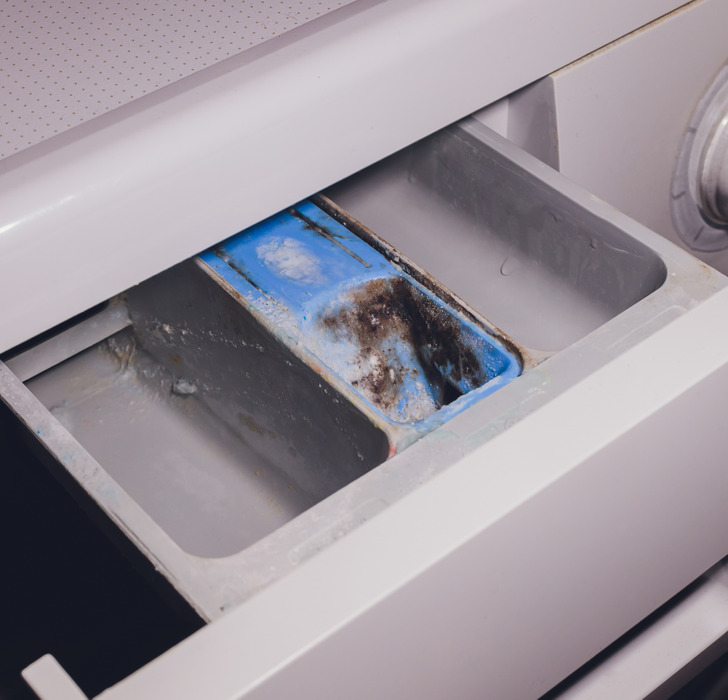
The advantage of using fabric softener is that it makes your clothes smell nice and feel softer. However, technically, it doesn’t contribute to getting your clothes any cleaner. On the contrary, it’s harming your clothes. It’s also dirtying your washing machine. Fabric softener can contribute to mold growth and cause blockages in your machine and pipes.
5. **Not using enough detergent:**
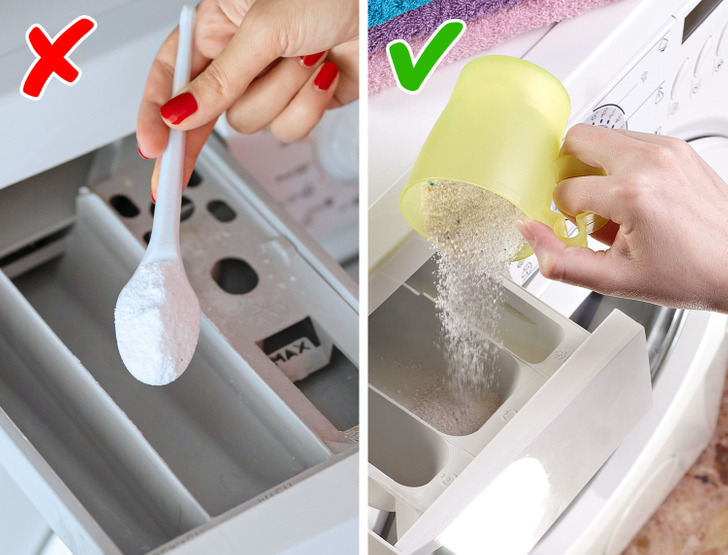
We’ve mentioned the consequences of using too much detergent, but that doesn’t mean that using a tiny amount will save you money or make your clothes last longer. On the contrary, a small amount of detergent won’t effectively clean your clothes.
6. **Not removing pet hair from clothes before washing:**
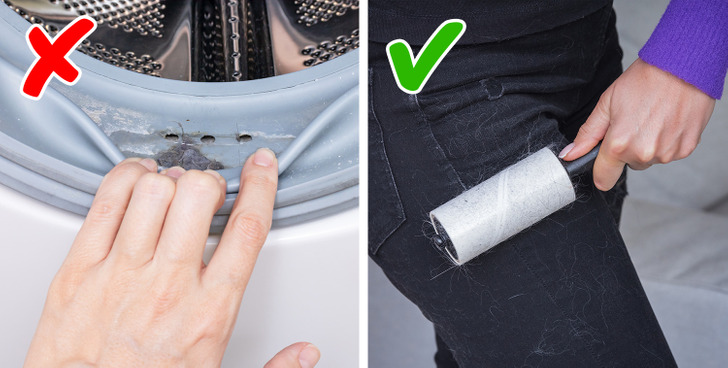
If you have pets, it’s natural for your clothes to be covered in fur. But you shouldn’t put them in the washing machine like that, as it can cause damage over time. The issue is that pet hair accumulates and forms clumps during washing, which can clog the drainage system. So, it’s better to spend a few minutes removing hair with a sticky roller before washing to avoid the hassle and cost of repairs.
7. **Ignoring the existence of dryer balls for fabric softening and drying:**
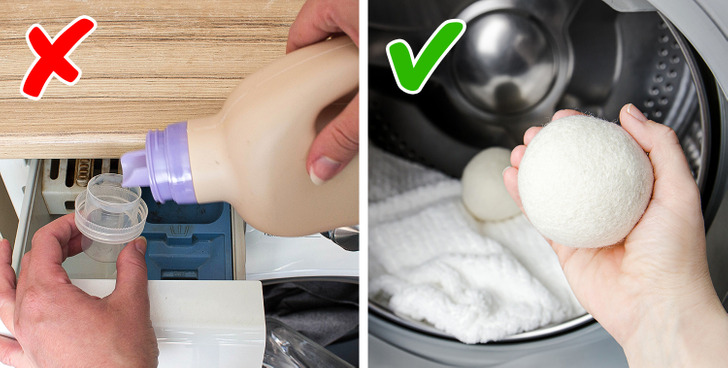
Let’s admit that fabric softener is more popular, which is why many people use it. Meanwhile, only a few know about dryer balls. You should know about this product because it has none of the drawbacks of traditional softeners, like clogging your machine or causing allergies. High-quality dryer balls help dry, soften, and reduce static in your clothes, and they’re cost-effective, too, as they can be used for up to 1,000 wash cycles.
*According to “Phụ Nữ Việt Nam”*
The Ultimate Guide to Washing Machine Cycles: Deciphering the 7kg and 10kg Conundrum for Optimal Fabric Care
It’s important to understand the meaning behind the numbers when it comes to laundry capacity. You might have seen washing machines labeled with numbers like 7kg, 8kg, or even 10kg, but what do these numbers really mean? Well, these figures represent the weight of laundry that can be comfortably accommodated in a single load. This is a crucial piece of information that not everyone is aware of, and it can make a significant difference in your laundry routine.

























